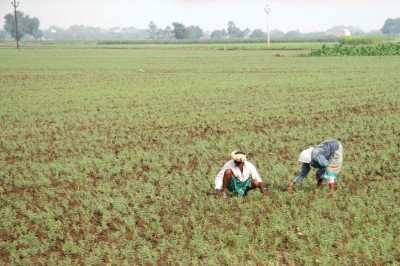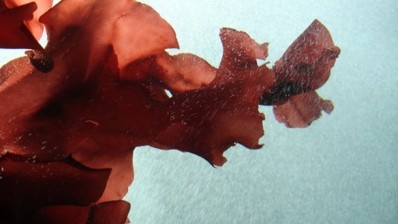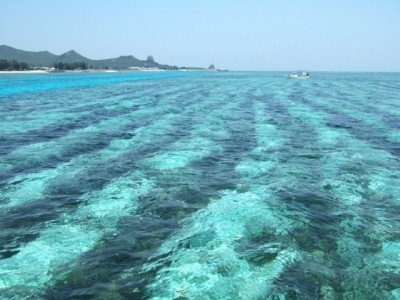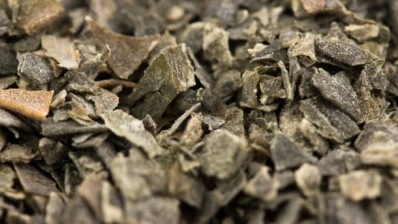Government funding and nutritional composition leads to high functional food hopes for Malaysian red seaweed
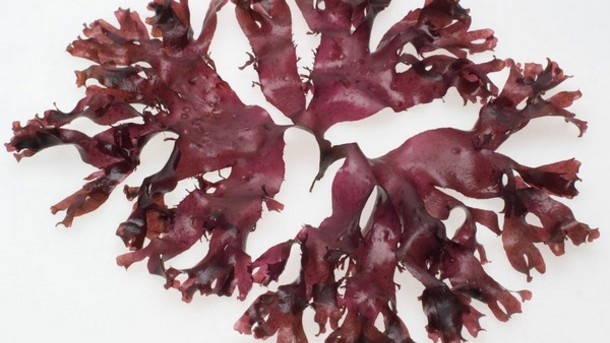
At present, G. changii is found only in small scale farming in tropical waters.
But academics writing in Food Chemistry after assessing its nutritional composition stated its “high-end potential”, along with Malaysian government grants to develop seaweed farming provided lucrative export potential.
"Under the 10th Malaysia Development Plan, seaweed farming has been identified to be a potential lucrative cash crop commodity,” wrote the authors from University Malaysia Sabah
“The government has allocated a substantial grant scheme for the large scale production of seaweed nationwide. The total production of seaweed is expected to increase from 13,500 metric tonnes in 2010 to 150,000 metric tonnes in 2020 respectively.”
They added that most of the seaweed production in South East Asia was for raw consumption, and that the majority of academic studies in the region focused on species native to Japan.
But with functional foods, nutraceuticals and pharmaceuticals offering greater economic spoils, they said it was important to understand its nutritional composition.
Their study found that the seaweed was high in dietary fibre, essential amino acids and DHA.
“The physicochemical properties of this seaweed, namely the water holding and the swelling capacity were comparable to some commercial fibre rich products,” they wrote.
While “the simplicity in its culturing techniques and high biomass also increases the commercial availability of this seaweed,” they added.
They pointed out G. changii contains high amounts of PUFAs, compared to MUFAs and SFAs.
“Omega-3 PUFAs help prevent the growth of atherosclerotic plaque that affects blood clotting, blood pressure and improves the immune function,” they wrote.
The seaweed was also found to be high in total dietary fibre (TDF).
The researchers stated the average urban Malaysian diet contains only 13–16 g of TDF, an intake value they said was far from satisfactory in light of the recommended nutrient intake of 20–30 g/day.
“With a daily intake of 20 g G. changii, it is able to provide about 50% of the recommended nutrient intakes required. Thus, G. changii may become a potential source of dietary fibres to be incorporated into human daily diet,” they wrote.
Functional food development
Furthermore, vitamin c and essential amino acid levels were deemed comparable with other, more commonly studied, seaweeds, while its high mineral content also makes it suitable for functional foods.
“G. changii contains adequate amount of minerals which suggested that this seaweed can be utilised as a superior source of mineral supplements, compared with land plants in which the compositions can interfere with mineral uptake by the body.”
The study adds: “Its amino acid scores were comparable to FAO/WHO requirement.”
The paper, which was supported by the Ministry of Science, Technology and Innovation of Malaysia (MOSTI), concluded it had high potential for functional food development.
“This study suggested that G. changii could be potentially used as ingredients to improve nutritive value and texture of functional foods for human consumption.”
Source: Food Chemistry
http://dx.doi.org/10.1016/j.foodchem.2016.10.066
“Chemical composition and physicochemical properties of tropical red seaweed, Gracilaria changii”
Authors: Pei Teng Chan, et al.
